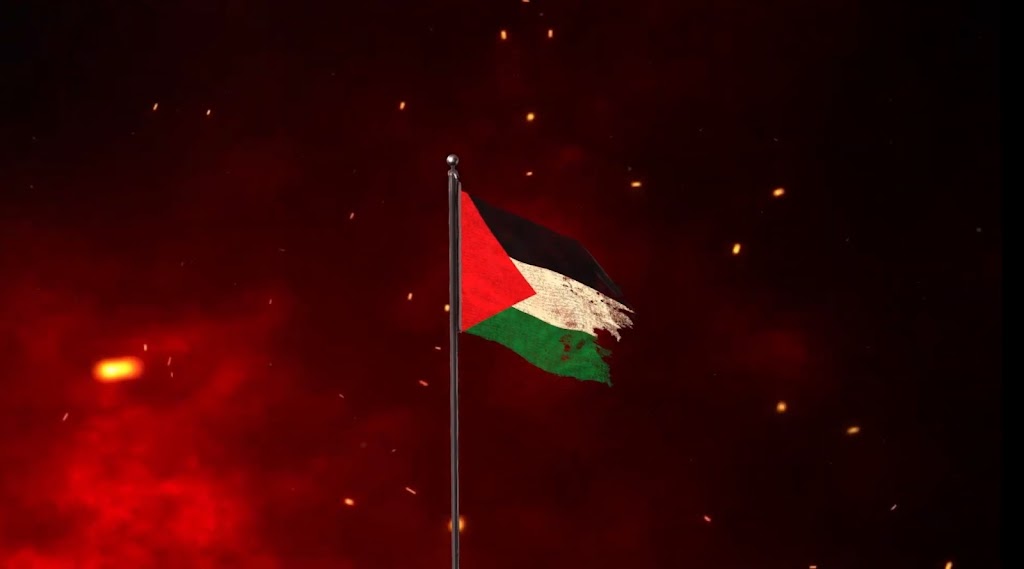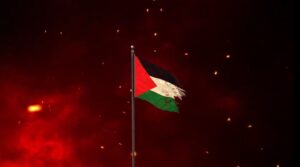Facts About Palestine and Israel War 2024: What’s Happening Now
Interesting Facts About Palestine’s History and Culture
Palestine is a small place in the Middle East with a rich history, deep cultural roots, and a story of resilience. It is known for its religious sites, stunning landscapes, and ongoing struggle for freedom. In this article, we will explore various facts about Palestine using simple, easy-to-understand words, touching on its geography, culture, history, and the ongoing conflicts.
Geography of Palestine
1. Location: Palestine is located in the Middle East, bordered by Israel, Jordan, and Egypt. This small region lies along the Mediterranean Sea.
2. The Dead Sea: The Dead Sea, a famous saltwater lake, lies between Palestine and Jordan. It is the lowest point on Earth and is so salty that people can easily float on its surface.
3. Jericho: One of the oldest cities in the world, Jericho has been continuously inhabited for thousands of years. This ancient city is located in the West Bank.
4. Small Size: Although Palestine is small in size, it has diverse landscapes, including coastal plains, mountains, valleys, and deserts.
5. Olive Trees: Olive trees are an important symbol of Palestine. They have been grown there for centuries and play a major role in its economy and culture.
6. Wadi Gaza: A large wetland area located in the Gaza Strip, Wadi Gaza is home to many bird species and wildlife.
History of Palestine
7. Ancient Civilizations: Palestine has been home to many ancient civilizations, such as the Canaanites, Philistines, and Israelites. Facts about Palestine at the time of Jesus show that it was a culturally diverse place, ruled by the Romans during Jesus’s lifetime.
8. Roman Empire: During the time of Jesus, Palestine was part of the Roman Empire. This period is important for both Christian and Jewish history.
9. Islamic Rule: After the rise of Islam, Palestine became part of various Islamic empires. Facts about Palestine and Islam show that the region became significant to Muslims, especially with the establishment of religious sites such as the Al-Aqsa Mosque in Jerusalem.
10. Ottoman Empire: Palestine was part of the Ottoman Empire for over 400 years until the empire’s collapse after World War I.
11. British Mandate: After World War I, the British controlled Palestine under the League of Nations mandate. This period, known as the British Mandate (1920-1948), saw increased Jewish immigration, leading to growing tensions between Arabs and Jews.
12. Nakba (1948): In 1948, following the creation of Israel, hundreds of thousands of Palestinians were displaced from their homes in an event known as the Nakba, or “The Catastrophe.”
13. Facts About Palestine and Israel War: Since 1948, there have been several wars between Palestine and Israel, each deeply affecting the region. Facts about Palestine and Israel war 2024 show continued tension and conflict, as efforts for peace have been unsuccessful. Earlier, facts about Palestine and Israel war 2023 include heightened clashes and political unrest, which only deepened the divisions.
14. 1967 War: In the 1967 Six-Day War, Israel captured the West Bank, Gaza Strip, and East Jerusalem. These areas remain a core part of the ongoing conflict between Israelis and Palestinians.
15. Oslo Accords: In 1993, the Oslo Accords were signed to create a peace process between Israel and Palestine, but the agreement has not resulted in lasting peace.
Culture of Palestine
16. Language: Arabic is the official language of Palestine. The Palestinian dialect is spoken throughout the region, but people also speak English, especially in cities.
17. Traditional Clothing: Palestinian women wear a traditional dress called the “thobe,” embroidered with beautiful patterns representing different villages and regions. This is one of the most important facts about Palestine culture.
18. Dabke Dance: Dabke is a traditional group dance performed at weddings and celebrations. It’s an important part of Palestinian culture and identity.
19. Palestinian Food: Popular dishes include “maqluba” (a rice, meat, and vegetable dish) and “musakhan” (roasted chicken with onions on flatbread). Food is an important way Palestinians celebrate their heritage.
20. Coffee Tradition: Serving strong, black coffee to guests is a long-standing tradition in Palestinian homes. Offering coffee is a symbol of hospitality.
21. Tatreez (Embroidery): Tatreez, the art of Palestinian embroidery, is a cultural heritage passed down through generations. The colorful patterns often tell stories of family or village history.
22. Henna: Henna is used in weddings and celebrations in Palestinian culture. Brides and friends decorate their hands with beautiful henna designs before the wedding day.
23. Religious Diversity: Most Palestinians are Muslim, but there are also significant Christian communities, especially in cities like Bethlehem and Jerusalem.
Religious Importance of Palestine
24. Jerusalem: One of the holiest cities for Muslims, Christians, and Jews, Jerusalem holds many important religious sites, such as the Al-Aqsa Mosque, the Church of the Holy Sepulchre, and the Western Wall.
25. Al-Aqsa Mosque: The Al-Aqsa Mosque in Jerusalem is the third holiest site in Islam. It holds deep significance for Muslims worldwide.
26. Dome of the Rock: This iconic shrine in Jerusalem, with its golden dome, is believed to be the place where the Prophet Muhammad ascended to heaven during the Night Journey.
27. Bethlehem: This city in Palestine is believed to be the birthplace of Jesus Christ, making it a major pilgrimage site for Christians.
Facts About the Palestinian Flag
29. Palestinian Flag: The Palestinian flag has four colors: black, white, green, and red. These colors represent Arab unity and freedom. The flag is a symbol of the Palestinian struggle for independence and identity.
Modern-Day Palestine
30. West Bank and Gaza: The Palestinian territories include the West Bank and the Gaza Strip. While the Palestinian Authority governs parts of the West Bank, the Gaza Strip is under the control of Hamas.
31. Facts About Palestine Israel Conflict: The Palestine-Israel conflict is one of the longest-running conflicts in modern history. The dispute centers on land, rights, and the establishment of an independent Palestinian state alongside Israel.
32. Ramallah: This city is the administrative center of the Palestinian Authority and is considered the capital of Palestine. It has become a hub for business and culture.
33. Gaza Strip: The Gaza Strip is a small, densely populated coastal region. Due to the ongoing blockade by Israel and Egypt, the people of Gaza face severe restrictions on movement and trade.
34. Palestinian Refugees: Many Palestinians who were displaced in 1948 still live as refugees, either in camps within the West Bank, Gaza, or neighboring countries like Jordan and Lebanon.
35. Economy: Palestine’s economy faces many challenges due to the occupation and limited access to resources. Agriculture, especially olive farming, plays a key role in supporting Palestinian livelihoods.
Challenges in Palestine
36. Checkpoints and Barriers: Israeli military checkpoints restrict the movement of Palestinians, especially in the West Bank. These checkpoints often cause delays and prevent people from reaching jobs, schools, and hospitals.
37. The Separation Wall: Israel built a separation wall between itself and the West Bank. This wall cuts through Palestinian land, separating families and communities from their farms and schools.
38. Blockade of Gaza: Gaza has been under a blockade since 2007, limiting access to goods and services. This blockade has created economic hardships and shortages of essential supplies like food and medicine.
39. Right of Return: Palestinians seek the right to return to the homes and lands they were forced to leave in 1948. This issue is a major point of disagreement in peace talks.
40. Water Access: Palestinians face restrictions on access to water, especially in rural areas of the West Bank. Israel controls much of the water supply in the region.
Palestinian Resilience
41. Sumud: Sumud, meaning “steadfastness” in Arabic, is the word Palestinians use to describe their resilience in the face of occupation and hardship.
42. Olive Harvest: Every year, Palestinians celebrate the olive harvest, a time when families and communities come together to pick olives, a symbol of peace and life.
43. Youth Activism: Many young Palestinians use social media and activism to raise awareness about the conflict and advocate for their rights.
44. Education: Education is highly valued in Palestine. Despite the challenges, many Palestinians pursue higher education and contribute to their communities’ well-being.




